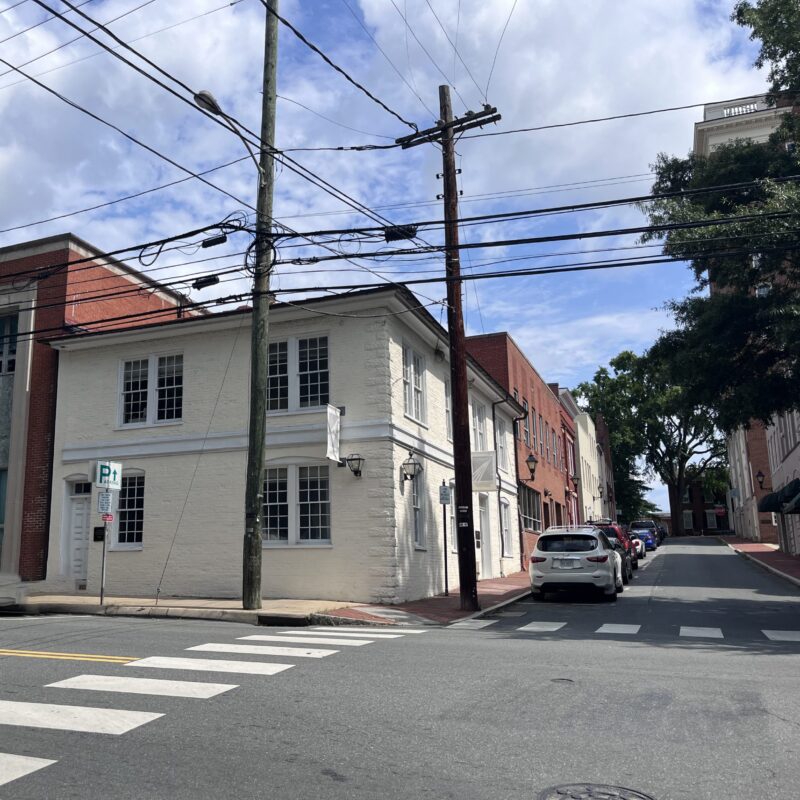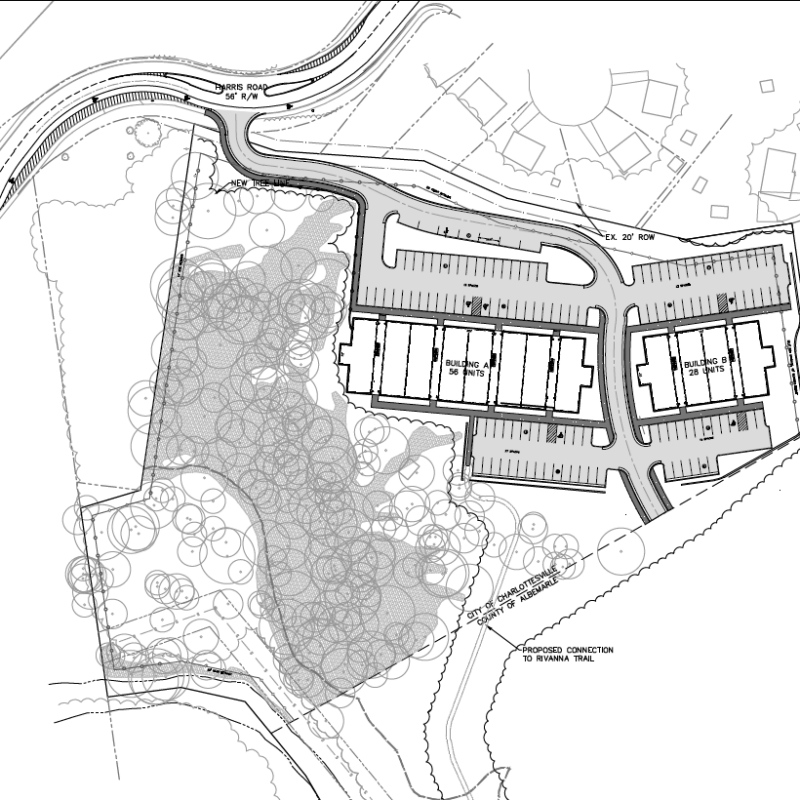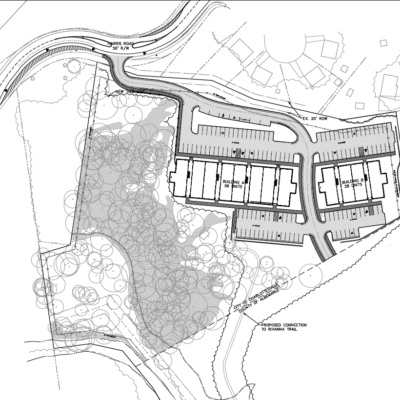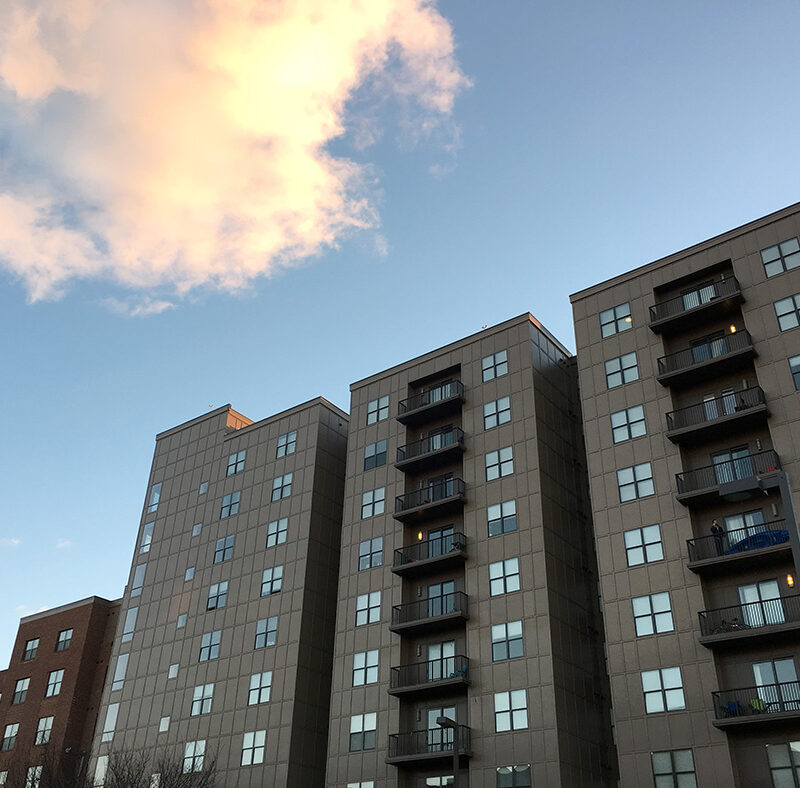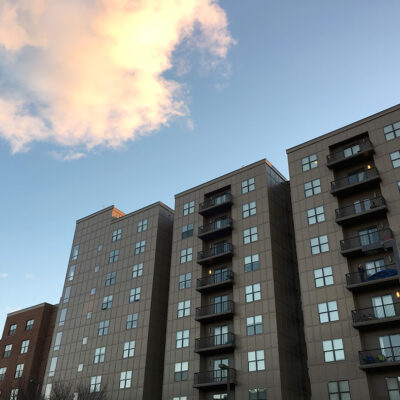By Ken Wilson –
Call it a day trip. Take three or four and call them a staycation. Describe it as a spiritual- journey-cum-geographical quest, an exercise in mindfulness via the family car. The nomenclature doesn’t matter, the trip’s the thing, and whether you’re conserving cash, stopping to smell the roses, or just exploring because you’re new in town, Central Virginia’s plentiful history and remarkable architectural legacy are bound to enrich, enlighten and inspire. It’s summer and the back roads beckon—let’s take a look around.
Monticello
As one of 13 colonies that declared independence from Britain in 1776 and formed the United States of America, Virginia is rich in early American history. Thomas Jefferson began building the three-story, twenty-one-room neoclassical mansion he called “Monticello” (little mountain) in 1768, and never really stopped, remodeling it frequently until his death in 1826. Visitors to the home, gardens, and grounds today will learn much about the daily life of the man who wrote the Declaration of Independence and served as our third president, and also about the enslaved African-Americans whose labor made that lifestyle possible.
Monticello is open daily, year ‘round, and offers a variety of ticketed tours and viewing options, including but not limited to a Slavery Tour, a Gardens and Ground Tour, and South Pavilion Archaeology Tour. Monticello may be reached from Route 53 in Charlottesville. Alternatively, visitors who enjoy a hike or a bike ride may park at Kemper Park, just off Route 20 on Route 53. The park includes an arboretum of native trees and shrubs, a two-acre pond, and Carter Overlook—a small plaza paved with bluestone and ringed by a low seat-wall with views towards Charlottesville, western Albemarle County, and the Blue Ridge Mountains. The two-mile Saunders-Monticello Trail winds through the park before ascending the side of Carter Mountain toward Monticello. Check the Monticello website to make sure it’s open and clear of fallen trees.
Highland
Just up the road from Monticello is James Monroe’s Highland (formerly Ash Lawn-Highland), where Monroe and family resided from 1799 to 1823. The main residence was destroyed by fire in the mid-19th century, but a portion of its large chimney base, several sections of its stone-wall foundations, and segments of thicker walls belonging to its stone cellar have recently been uncovered. What had long been considered Monroe’s actual house is now known to have served as a guest house during his presidency from 1817 to 1825. Today it is furnished with pieces owned by the Monroe family, as well as period pieces and reproductions. As in Monroe’s day, the grounds feature both ornamental and utilitarian gardens. A mature boxwood garden planted over a century ago is crowned with a white oak tree still standing from Monroe’s day, now twenty feet in circumference. From April through October, Highland is open from 9:00 a.m. to 6:00 p.m., Monday through Friday, and 9:00 a.m. to 5:30 p.m., Saturday and Sunday. Tours last approximately forty minutes. Picnic tables and picnic blankets are available; lunches, snacks and beverages are for sale from the Museum Shop.
Michie Tavern
Just a half a mile down the road from Monticello is Michie Tavern, which offered food, drink and lodging in the late 18th century. The oldest section of the Tavern (circa 1784) is open for self-guided tours seven days a week, from 9:00 a.m. to 4:20 p.m. daily. The Armory & Artifacts Shop (circa 1790) specializes in antique firearms—long rifles, pistols, swords, artifacts, relics and accessories—predominantly from the mid-19th-century, but also from the Revolutionary era. In the rustic dining area called The Ordinary, servers in period attire offer Southern fare like fried chicken and pork barbecue, stewed tomatoes, black-eyed peas, and buttermilk biscuits from 11:15 a.m. to 3:30 p.m. April through October.
Poplar Forest
Less than 90 minutes from Charlottesville, in Bedford County, is Jefferson’s plantation and plantation house Poplar Forest, which he visited annually from 1810 through 1823. Considered Jefferson’s most mature architectural design, it reflects the influence of Greco-Roman, Renaissance Palladian and 18th century French architecture, as well as British and Virginian design. Designated a National Historic Landmark in 1971, Poplar Forest is being restored to its appearance in Jefferson’s day. Recent archaeological excavations have provided a fresh understanding of the Poplar Forest slave community and daily life on the plantation. Poplar Forest is open daily from mid-March through December 30 (except on Easter, Thanksgiving Day, Christmas Eve and Christmas Day) from 10:00 a.m. until 5:00 p.m. The last tour leaves at 4:05 p.m.
Montpelier and Exchange Hotel Civil War Medical Museum
At James Madison’s Montpelier, the future president studied books on governance and developed a vision for the United States Constitution that he would later play a key role in drafting. In recent years the mansion on Route 20 has been restored to the way it looked when James and his famously hospitable wife Dolley welcomed guests to their nearly 2,700-acre estate with its magnificent views of the Blue Ridge Mountains. Visitors can tour the drawing room, dining room and library, follow the progress of ongoing interior restoration, see historic out-buildings and archeological sites and the Madison family cemetery, and enjoy the gardens and forest trails.
Visitors to Montpelier today are confronted with the role of slavery in early American life. In the mansion’s cellars, a groundbreaking exhibition entitled “The Mere Distinction of Colour,” the product of nearly two decades of historical and archaeological research, explores the economic, ideological, and political roots of slavery in America, and the effect it has on contemporary thinking about race, identity, and human rights. The Montpelier’s Enslaved Community walking tour, included in the price of admission, highlights the irony of slave labor in a land where “all men are created equal.” The Journey from Slavery to Freedom Walking/Driving Tour, Saturdays at 2:30 p.m., visits slave sites and structures near the mansion, including the Gilmore Cabin, built in 1873 by a former Montpelier slave, and a restored 1910 Train Depot with separate waiting rooms for black and white passengers.
The current Visitor Center exhibition, “Queen of Hearts: Dolley Madison in Popular Culture” is inspired by Dolley’s posthumous, late-19th century career as America’s first female advertising icon. Montpelier is open seven days a week from 9:00 a.m. to 5:00 p.m., and visitors can also enjoy over eight miles of well-marked walking trails winding through horse pastures, wildflower meadows, and forests, with views of the Blue Ridge Mountains.
In nearby Gordonsville the three-story building now called the Exchange Hotel Civil War Medical Museum was once a hotel for railroad passengers waiting while their trains were refueled. With its high ceiling parlors and its grand veranda, it must have been a welcome respite. Then the Civil War broke out and, in 1862, the Exchange Hotel became the Gordonsville Receiving Hospital, providing care for 70,000 soldiers, both Union and Confederate.
During Reconstruction the hospital served as a Freedman’s Bureau, where assistance was offered to newly freed slaves. Today the building is a National Historic Landmark with exhibitions on its own history and the history of Gordonsville as a railroad town. Civil War medical artifacts including surgical instruments, pharmaceutical bottles, medical knapsacks and panniers, stretchers, litters, prosthetic devices, and dental tools are on display. Note: the building is not handicap-accessible.
Greene County Historical Society Museum
Greene County was carved out of Orange County in 1838 and named for American Revolutionary War hero Nathanael Greene, a major general of the Continental Army, whose successful command in the Southern Campaign forced British Lieutenant General Charles Cornwallis out of the Carolinas and up to Virginia, where he surrendered to General Washington at Yorktown. Today the Greene County Historical Society Museum is located in an early 20th century house at 360 Main Street in Stanardsville. While the 115,000-name database of county descendants may chiefly be of interest to local families, exhibitions like Home and Hearth in the early 1900s and The Greene War Story open a window on life in a simpler time. An exhibit called People Before the Park (Shenandoah National Park) is part of a Blue Ridge Heritage Project to memorialize families evicted during the creation of the park. The Museum is open from 10:00 a.m. to 3:00 p.m. Fridays and Saturdays, and by appointment. Admission is free.
Staunton and Woodrow Wilson Presidential Library and Museum
America’s 28th president, Woodrow Wilson, was born in Staunton in 1856. Although he lived there barely a year before moving to Georgia and then South Carolina, Staunton houses his Presidential Library and Museum in the Greek Revival manse where he was born, on a hill in the city’s Gospel Hill historic district.
Museum visitors can take self-guided tours through seven galleries devoted to Wilson’s early years and later presidency, as well as to period issues and events including suffrage, prohibition and World War I. Exhibitions include the President’s restored 1919 Pierce-Arrow limousine, World War I weapons and uniforms, and a state-of-the-art display recreating life in the trenches where so much of the war was endured. Children can enjoy scavenger hunts and hands-on activities in the Kids’ Corner. The research library is open by appointment. The Victorian-style terraced gardens behind the Manse were designed by Charles Gillette and planted in the early 1930s by The Garden Club of Virginia. The museum is open 9:00 a.m. to 5:00 p.m. Monday through Saturday, and noon to 5:00 p.m. on Sunday.
Wilson’s birthplace is hardly the only impressive structure in Staunton. Originally one of the first settlements west of the Blue Ridge Mountains, the city is lauded for its picturesque and well-preserved downtown and its charming and eclectic housing stock. The Colonial Revival-style Stonewall Jackson Hotel on South Market Street went up in 1924, but was in decrepit condition by the 1980s. A $22 million restoration completed in 2005 preserved many of its original features, including chandeliers, wall sconces and marble floors. A Wurlitzer Organ dating to 1924 has been restored to its original state, making it the only known Wurlitzer of that vintage still in working condition.
The Historic Staunton Foundation conducts free walking tours every Saturday from May through October. The approximately two-hour tours begin at 10:00 a.m., on the Emily Smith House porch adjacent to the Woodrow Wilson Presidential Library on 24 North Coalter Street, and pass through four of Staunton’s six historic districts. No reservations are needed.
The American Shakespeare Center
While Staunton’s most noted architecture dates to the late 19th and early 20th centuries, its celebrated indoor theatre—the 300-seat Blackfriars Playhouse—dates to only 2001, but faithfully recreates Shakespeare’s own indoor theatre built in London in 1596. Theater lovers from around the world are enthralled not only by the handsome and historically accurate performance space, but by the high-spirited, authentic, and engaging productions served up by its home company, The American Shakespeare Center.
Three Shakespeare plays—Much Ado About Nothing, Love’s Labour’s Lost, and The Fall Of King Henry (Henry VI, Part 3)—are playing in rotation during the 2017 Summer/Fall season, along with the five-time Tony-winning Broadway hit Peter and the Starcatcher, an “action-packed coming-of-age prequel to Peter Pan” based on a novel co-written by humor columnist Dave Barry. Tours of the theatre take place Monday through Friday at 2:00 p.m. and Saturday at 11:00 a.m. and illuminate the ways in which staging conditions at the original Blackfriars shaped the works of Shakespeare and his fellow playwrights.
